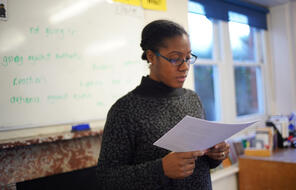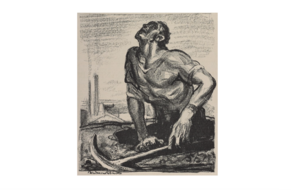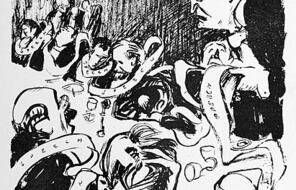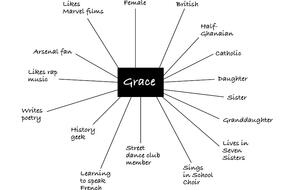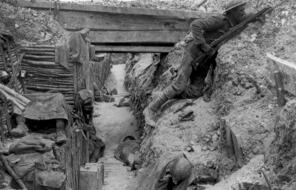
Act One Review
Duration
Two 50-min class periodsLanguage
English — UKPublished
Overview
About this Lesson
In previous lessons, students explored the characters of Mr Birling and Sheila, considering the impact that their identities had on their choices and actions, and the role that power played in their interactions with others. This exploration built the foundation for students to examine the complex interplay between individuals, society and power – the ways in which who we are is both influenced by and influences our choices, whilst the impact that our choices have is linked to the amount of power we possess. Students also finished reading the first Act of the play, analysing the role Sheila and Mr Birling played in Eva Smith’s death, and began to develop the necessary analytical writing skills to craft clear, well-developed essays.
In this lesson, students will consider the lessons that we can learn from the first Act of the play, selecting evidence from the play to support their claims and discussing their ideas with their classmates. Such consideration will not only enable students to explore the play’s content in further depth and to examine the author’s craft, it will also encourage them to reflect on the play’s relevance to their own lives and to think about what lessons they can learn from the characters.
Students will then have the opportunity to adopt the perspectives of different characters in both drama tasks and written tasks. Such perspective-adopting exercises not only help students to familiarise themselves with the content of the play, but also help to boost student empathy as they put themselves in another’s shoes, as it were. This process can also assist students in making reflections on their own lives and their own behaviour, and in building links between the learning in the classroom and the world beyond school.
The activities in this lesson refer to pages 1–26 of the Heinemann edition of An Inspector Calls.
Preparing to Teach
A Note to Teachers
Before teaching this lesson, please review the following information to help guide your preparation process.
Lesson Plans
Part I Activities
Part II Activities
Extension Activity
Homework Suggestion
Materials and Downloads
Quick Downloads
Download the Files
Get Files Via Google
Act One Review
Understanding Sheila
Differing Perspectives and Conflict
Unlimited Access to Learning. More Added Every Month.
Facing History & Ourselves is designed for educators who want to help students explore identity, think critically, grow emotionally, act ethically, and participate in civic life. It’s hard work, so we’ve developed some go-to professional learning opportunities to help you along the way.
Exploring ELA Text Selection with Julia Torres
On-Demand

Working for Justice, Equity and Civic Agency in Our Schools: A Conversation with Clint Smith
On-Demand

Centering Student Voices to Build Community and Agency
On-Demand







